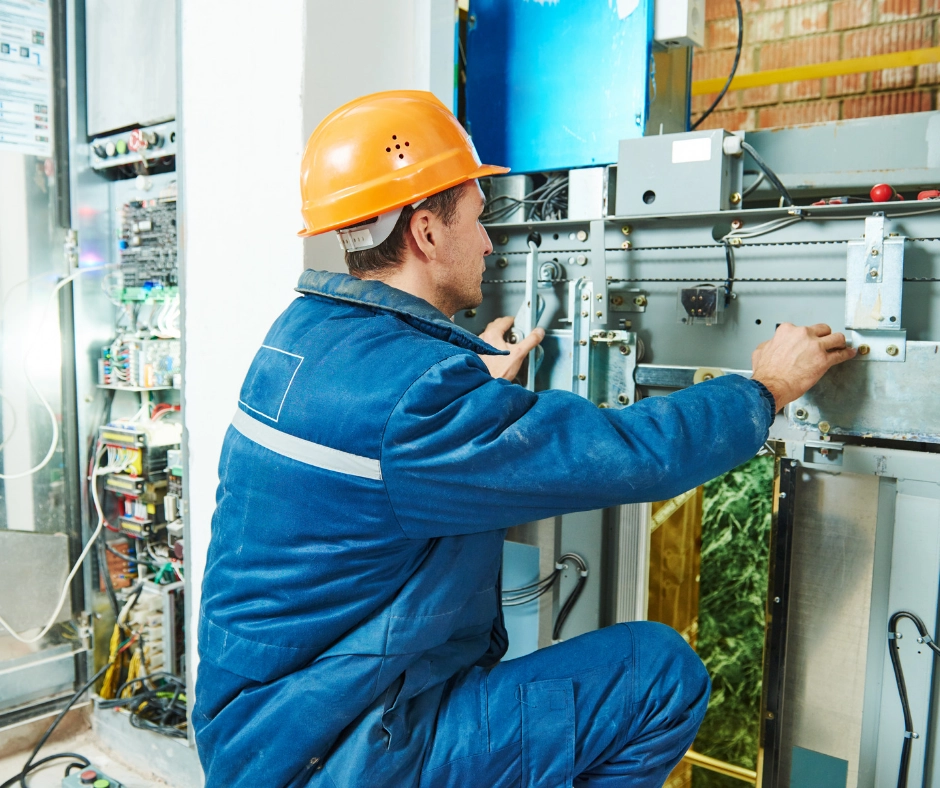A Brief History: The history of elevators dates back thousands of years, with early civilizations employing rudimentary systems of ropes and pulleys to lift heavy loads. However, it wasn’t until the 19th century that elevators truly began to evolve into the sophisticated machines we recognize today. The invention of the safety elevator by Elisha Otis in 1852 paved the way for the vertical expansion of cities and the construction of skyscrapers.
Evolution of Design: Over the years, elevator design has undergone remarkable transformations, driven by advances in technology, safety standards, and architectural trends. From hydraulic systems to traction elevators, engineers have continuously pushed the boundaries of innovation to make elevators faster, safer, and more efficient. Today, cutting-edge features such as destination control systems, regenerative drives, and cloud-connected monitoring have redefined the elevator experience, offering unparalleled convenience and comfort to passengers.
Sustainable Solutions: In an era marked by growing environmental concerns, the elevator industry is embracing sustainable solutions to reduce energy consumption and carbon emissions. Innovations like energy-efficient motors, LED lighting, and regenerative braking systems are becoming standard features in modern elevator designs, helping buildings achieve green certifications and contribute to a more sustainable future.
Accessibility and Inclusivity: Accessibility is a key consideration in elevator design, ensuring that people of all ages and abilities can navigate public spaces with ease and dignity. From tactile buttons and auditory announcements to spacious interiors and wheelchair-friendly entrances, inclusive design principles are shaping the next generation of elevators, fostering greater inclusivity and social equity in urban environments.
The Future of Elevators: Looking ahead, the future of elevators is filled with exciting possibilities. Emerging technologies such as magnetic levitation (maglev) and vertical transportation systems promise to revolutionize vertical mobility, enabling faster speeds, higher capacities, and seamless integration with smart building ecosystems. As cities continue to grow vertically, elevators will play an increasingly pivotal role in shaping the urban landscape and redefining the way we live, work, and commute.
